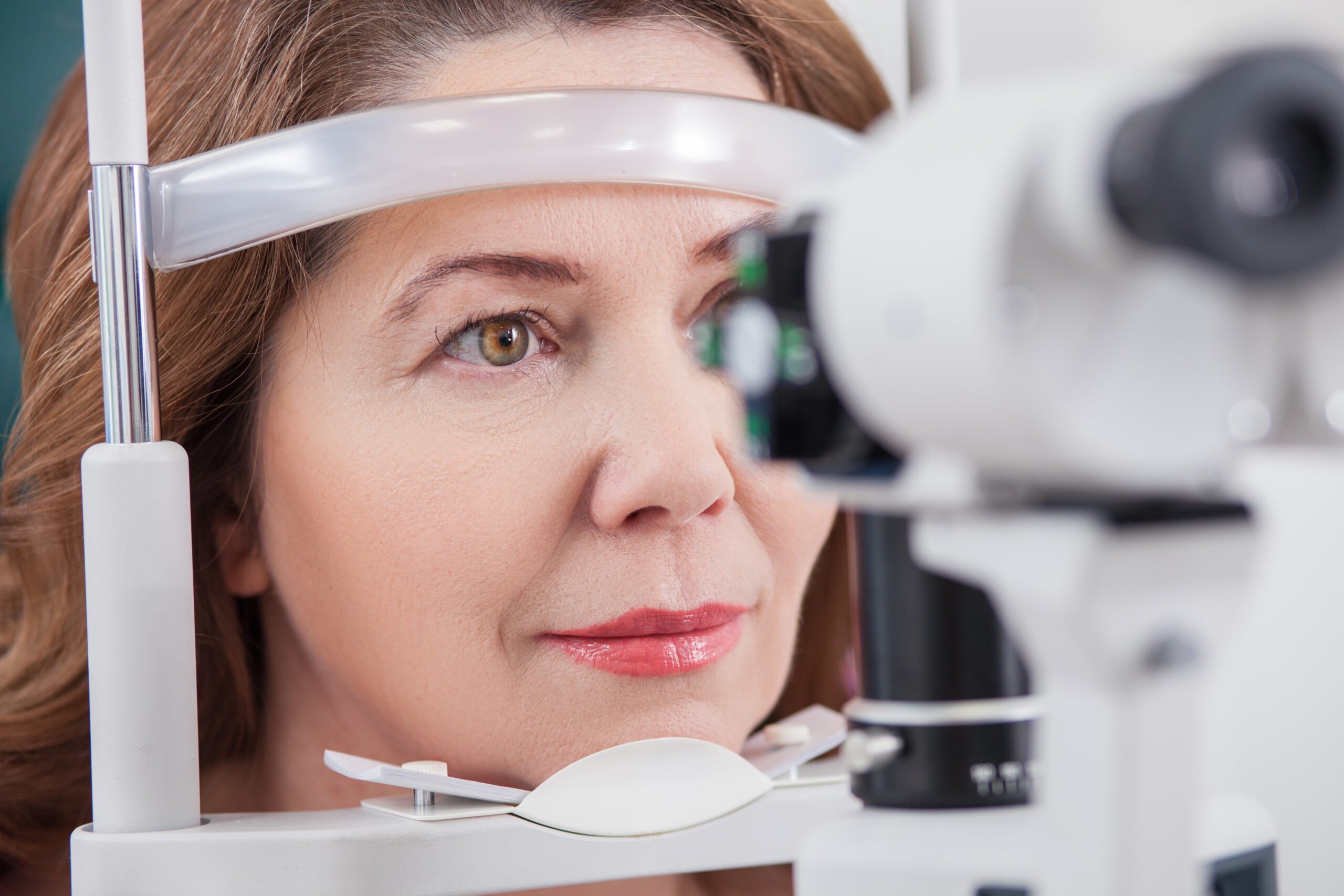Uncategorized
Maintaining Healthy Vision As We Age
A lot changes as we age, including our eyesight.
As we grow older, we need to pay attention to signs of age-related vision loss. With an early diagnosis, you can prevent many sight-threatening conditions from getting worse.
To keep our customers informed, we will discuss the top age-related vision changes to look out for so you can be prepared if they happen to you!
The Top Age-Related Vision Changes
Here are some of the most common vision changes we can experience as we age:
- Increased sensitivity to glare– wearing polarized sunglass lenses can help with this, especially when you drive, during the day in your work environment, anti-reflective coated lenses are a must-have to help reduce glare.
- Requiring more light to see clearly– as we age, it’s common to need more lighting in the room to see well; you might need to purchase more lamps or reading lights.
- Reduced tear production– if our eyes are dry, it is hard to keep them healthy and our vision clear. That’s why we need tears.
- Around 80% of people over age 45 develop presbyopia– this means the lenses in their eyes become less flexible and make it harder to focus on objects near, such as words on a page. Presbyopia is the reason why many need bifocals or progressive lenses.
- Color perception changes- As we age, the brightness of colors can dull and fade, making things look different.
Sight-Threatening Conditions and Age
While some of these changes can be frustrating to live with, we can correct presbyopia with glasses and use eye drops for dry eye. But other vision problems can be a more severe threat to our eyesight if not taken care of when first recognized. These issues include macular degeneration, diabetic retinopathy, retinal detachment, cataracts, or glaucoma.
Although there have been many improvements in medicine and technology to help with these eye conditions, the earlier you catch any warning signs, the better your vision might be. Scheduling regular eye exams can help keep you on top of what’s happening.
Help Your Vision Stay Healthy
Other than the regular eye exams, there are multiple ways we can continue to keep our eyes safe every day. We’ve told you about the importance of wearing UV-blocking sunglasses outside and wearing protective eyewear inside, but staying active, eating healthy foods, and avoiding bad habits such as smoking, can also keep your eyes healthy and reduce risk.
Another tip if you are using screens a lot is to follow the 20-20-20 rule. Every 20 minutes, you look at something 20 feet away for at least 20 seconds. Following this rule can help with eye strain.
Our Goal Is To Keep Your Eyes Healthy & Safe
At SafeVision, our goal is to keep your eyes safe and protected from any type of harm. That’s why we have options for everyone and every job. Visit our site and speak with a representative to find the perfect pair of eyewear for you!

